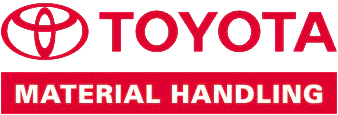
In NAEM’s report, it is apparent that a lack of user engagement was the main reason why businesses look to replace their WHS software systems. It was found that “Almost half (48%) of those looking to replace their systems state user-friendliness as one of the most important criteria in software selection”. User experience is a focal point for tech applications as if the system is designed in a dysfunctional way, it can become too disjointed for the user to get their head around. “When the system is easy to use and understand, users are more likely to use it,” a participant said in the study.
Ensuring the new WHS software system is intuitive and easy to use across all technological skill levels can be the difference behind a successful implementation. During the trial period, it is encouraged all potential users are given the opportunity to use the system and more importantly have the chance to provide feedback where necessary.

According to NAEM’s report, it was found that “On average, software purchasers spent $79,523 USD (approximately $118,000 AUD) on annual maintenance expenses for their software system”.
Continued customisation can be the cause of a rabbit hole that traps companies in as they invest more and more money in the system with no endpoint in sight. In the report, an expert who advises clients on WHS software said that many of his clients remained stuck to a solution due to the costs of implementation and maintenance. He suggests that companies have to reassess and logically decide when to draw the line with their current system and start over.
“There is no software that will provide the perfect solution to your individual needs so partnering with a company that is well established, in it for a long haul, and willing to work with you to provide the solutions you are looking for is key”. suggests an EHS&S peer.
Another corporate EH&S leader added to focus on the functionality of the system and ease of use for users while ensuring those you will be using the system on a frequent basis to be part of the evaluation and selection process.

While apparent, the failure to review your organisation’s structure can sometimes be an overlooked factor. NAEM suggests prior to narrowing down requirements and scheduling demos with software providers, consider unexpected factors such as a changing internal structure or perhaps a merger as both could lead to implementing an unsuitable software system.
A company that is dispersed across varying geographical locations with specialised divisions will have different workflows to one that is located on one premise with a fairly simple internal structure. If your needs begin to change or if the chosen software does not align with current workflows – there is an increased chance for significant issues.






